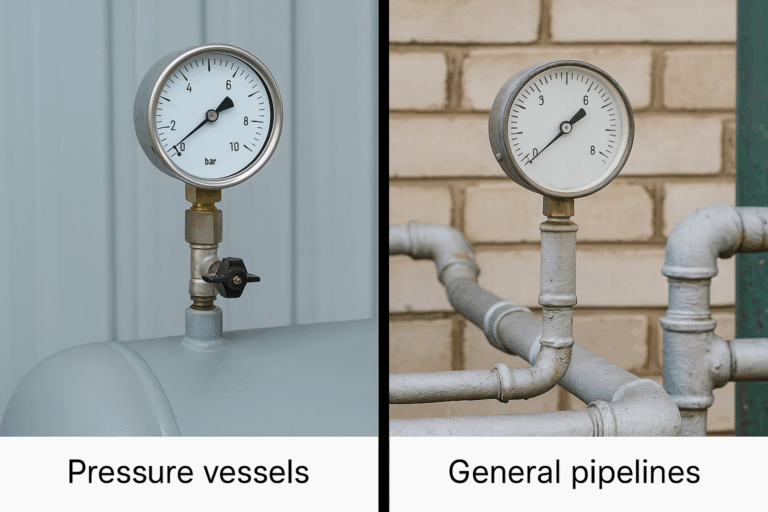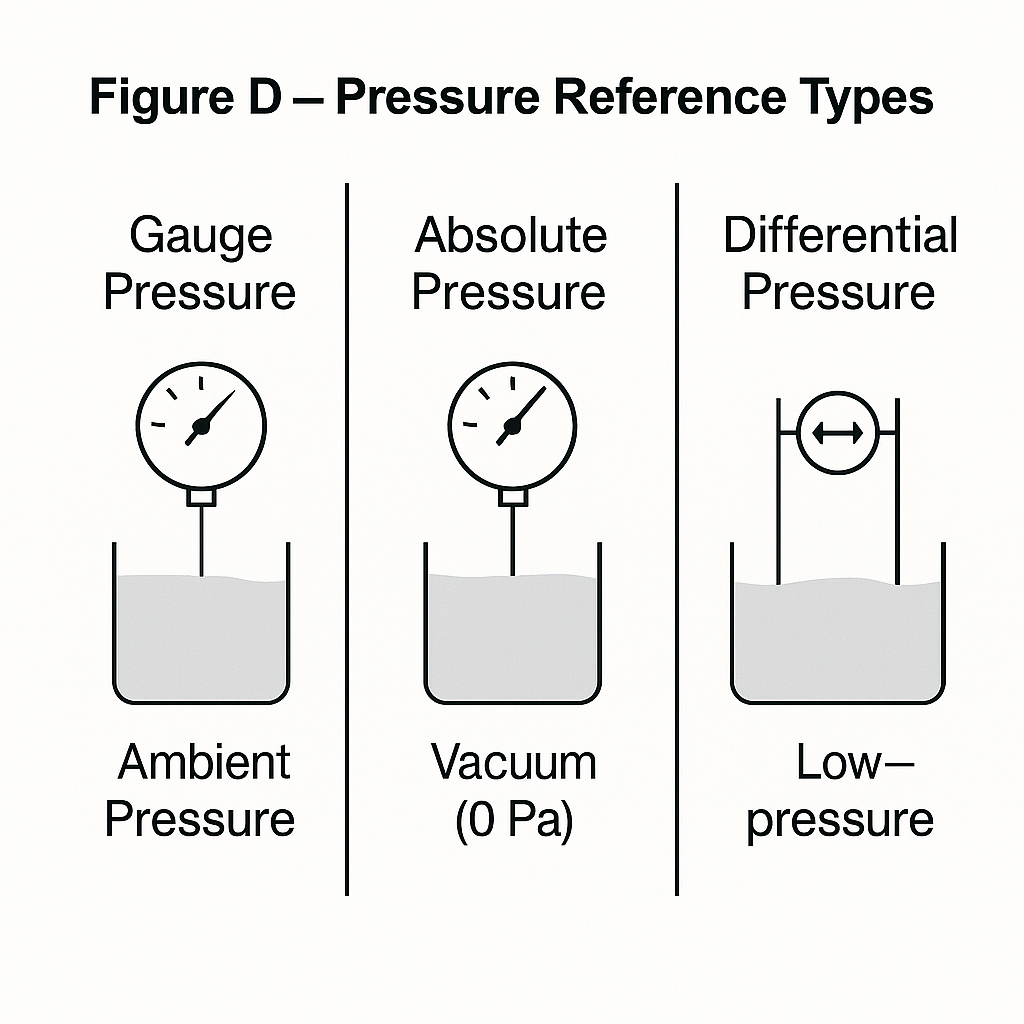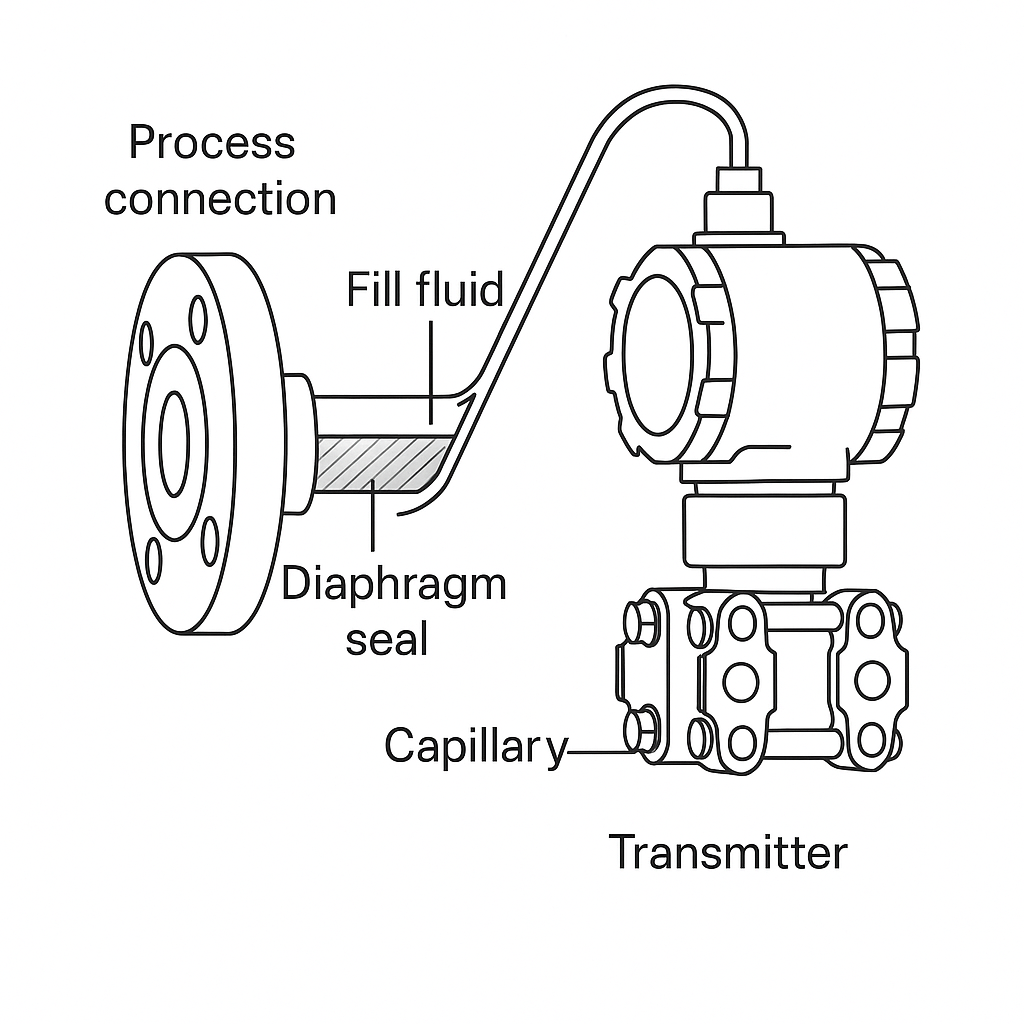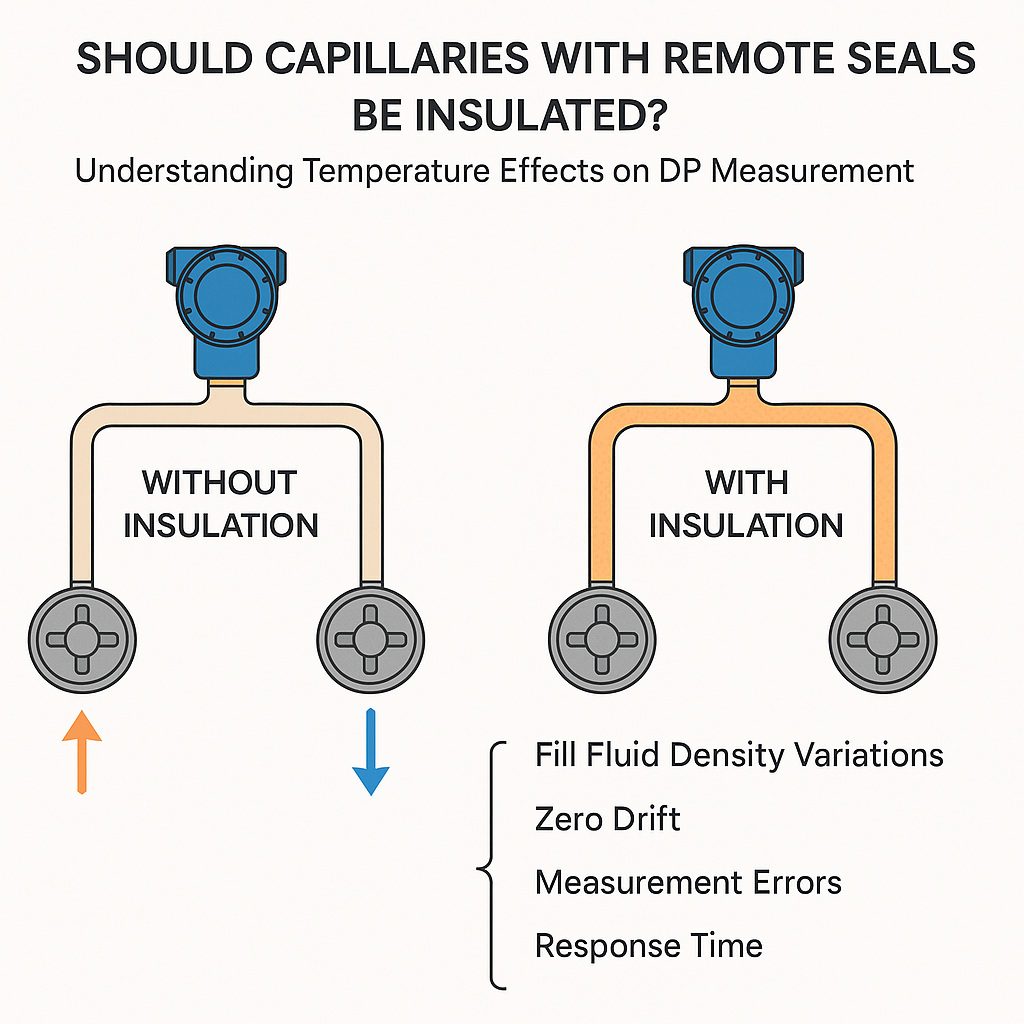Audience: Instrumentation engineers, system integrators, maintenance personnel
Scope: Practical definition, sizing formulas, wiring topologies, worked examples, and checklists for 4–20 mA and 0–10 V outputs.
1) Why “load characteristics” matter
Load characteristics (a.k.a. loading effect) describe how the measurement chain—sensor/transmitter, wiring, intrinsic‑safety devices, and receiving instruments—influences the signal. Any loading that steals compliance voltage or current will distort the reading, clamp the signal, or cause intermittent communication (e.g., HART), especially on long runs or in hazardous areas. Designing for the correct load avoids silent accuracy loss and start‑up delays.

2) Key definitions
Compliance voltage (V_min, V_headroom): Minimum voltage a transmitter needs at 20 mA to regulate output.
Burden / load (R_load): Total loop resistance seen by a current transmitter (AI input, indicator, shunts, safety barriers, cable resistance, etc.).
Input impedance (R_in): Resistance of the receiving device for voltage outputs; must be high enough to avoid loading.
Two‑wire transmitter: Powered by the loop (4–20 mA).
Three‑/four‑wire transmitter: Separate power; signal is 0–10 V, 0–5 V, or 4–20 mA (active).

3) Signal types and their load requirements
3.1 Current output (4–20 mA)
Design rule: At 20 mA, the supply must cover the transmitter’s own headroom plus the voltage drops across every series element.
Sizing formula (worst case at 20 mA):
R_load_max=0.020U_s−(V_min_tx+∑V_drops) [Ω] Where:
U_s = supply voltage (V)
V_{min_tx} = transmitter minimum compliance at 20 mA (typ. 7.5–12 V, per datasheet)
ΣV_{drops} = intrinsic safety barrier/isolator drops, indicator drops, etc.
Common vendor shorthand (no extra drops):
R_load_max≤0.02U_s−7.5 Ω (uses 7.5 V headroom). Always confirm your device’s datasheet value.
HART note: For HART communication to ride on the current, the loop typically needs a minimum 230 Ω dynamic impedance. A 250 Ω resistor (or an AI with ≥250 Ω input) is standard practice.
Cable resistance: For copper ≈ 20 Ω/km per conductor (≈1.0 mm²). A 500 m run (1 km loop) adds ≈ 20 Ω, dropping ~0.4 V at 20 mA—usually small, but include it in calculations.
3.2 Voltage output (0–10 V, 0–5 V)
Design rule: The receiving instrument must have high input impedance so the output stage is not loaded.
Typical requirement:
R_in≥100kΩ
(Some devices allow ≥10 kΩ; use the transmitter’s datasheet requirement.)
Wiring: Usually three‑wire (power +, power –, signal out). Keep the signal return referenced correctly; avoid sharing returns that introduce ground loops.
Noise & distance: Voltage signals are more susceptible to noise and drop on long runs. Prefer short runs, shielded cable, and RC filtering at the receiver input when needed.

4) Whole‑loop calculation (with intrinsic safety)
When barriers/isolators are included, add their voltage drops at 20 mA and re‑check compliance.
Extended formula:
R_load_max=0.020U_s−(V_min_tx+V_barrier+V_isolator+V_other)
Worked Example A — Simple non‑IS loop
U_s = 24 V; V_{min_tx} = 7.5 V; cable loop = 1 km → ~20 Ω (0.4 V at 20 mA).
R_{load_max} = (24 − 7.5 − 0.4) / 0.02 ≈ 804 Ω.
Meets HART (≥230 Ω) comfortably; a 250–500 Ω AI is fine.
Worked Example B — IS loop with high drops
U_s = 24 V; V_{min_tx} = 12 V; V_{barrier} = 8 V; V_{isolator} = 2 V; cable drop negligible.
Headroom left = 24 − (12 + 8 + 2) = 2 V → R_{load_max} = 2/0.02 = 100 Ω.
Problem: Not enough for the typical 250 Ω HART burden. Fixes: raise supply (e.g., 28–30 V), use low‑drop IS devices, or switch to non‑HART commission mode.

5) Choosing current vs. voltage (quick guide)
| Aspect | 4–20 mA (current) | 0–10 V (voltage) |
|---|---|---|
| Distance | Excellent (hundreds of meters) | Short runs (panel/local) |
| Noise immunity | Strong (series noise converts to small voltage change) | Weaker; use shielding/RC filters |
| Loading sensitivity | Determined by loop compliance (R_load) | Determined by receiver R_in (must be high) |
| Diagnostics | Can detect wire break (<4 mA) / over‑range (>20 mA); HART capable | Simple; easy to buffer/multiplex |
| IS suitability | Common with barriers/isolators | Possible but less common |
6) Common symptoms & fixes
Reading stuck low (~3.6 mA) → underrange or loop not meeting compliance; measure supply and burden at 20 mA.
Reading clamps near 20 mA → R_load too high for available headroom; remove series devices or raise supply.
No HART communication → loop burden <230 Ω; add/enable 250 Ω resistor or use a HART‑ready AI card.
Voltage output reads low → receiving R_in too small; use high‑Z AI or add a buffer (op‑amp/instrumentation amplifier).
Noise on 0–10 V → poor shielding/grounding; add RC input filter (e.g., 1 kΩ + 0.1 µF at AI), route away from VFDs.

7) Best‑practice checklist
✅ For 4–20 mA, compute R_{load_max} with all drops (barriers, isolators, indicators, cable).
✅ Confirm datasheet V_{min_tx} (7.5–12 V typical, but device‑specific).
✅ Include HART burden (≥230 Ω; 250 Ω standard) when applicable.
✅ For 0–10 V, ensure R_in ≥ 100 kΩ (or per datasheet) and keep runs short.
✅ Use twisted‑pair, shielded cable; ground the shield at one end.
✅ In IS loops, verify entity parameters and barrier/isolator voltage drops at 20 mA.
✅ Document the loop with a compliance margin (e.g., ≥10–20%).
8) Quick references
Rule of thumb for copper: ~20 Ω/km per conductor (≈1.0 mm²); loop is “there‑and‑back.”
HART burden: 230–1100 Ω; 250 Ω commonly used.
Voltage outputs: prefer R_in ≥ 100 kΩ unless the datasheet guarantees drive into lower impedance.
Compliance budget: Always check at 20 mA; add ≥10% margin.

Appendix A — Symbols
U_s: supply voltage
V_{min_tx}: transmitter minimum compliance
R_{load}: total loop resistance (Ω)
R_{in}: receiver input impedance (Ω)
ΣV_{drops}: sum of series voltage drops at 20 mA
